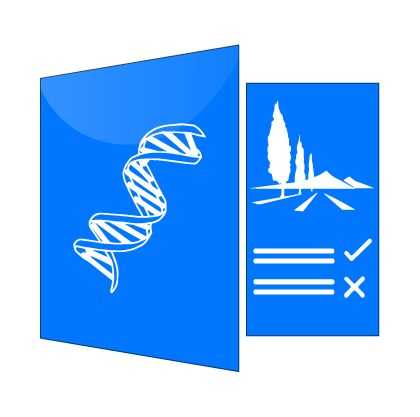Land Evaluation for Rainfed Agriculture

The main goal of these guidelines is to provide a methodology for implementing in rainfed agricultural systems the key principles of the Framework for Land Evaluation (FLE): (1) matching the requirements of the land use against the qualities of the land, (2) comparing alternative sustainable uses, and (3) multidisciplinary approach. Similar guidelines have been prepared by FAO for irrigated agriculture, extensive grazing and forestry.
After explaining the objectives, principles and role of land evaluation in rural development planning, the guidelines explain in detail the main steps and cornerstones of a land evaluation exercise. In order to achieve a competent land evaluation, proper planning is paramount. This involves (i) a clear understanding of the objectives of the evaluation, (ii) knowledge about the data and assumptions on which the evaluation is to be based, (iii) a work plan stating the kind and phasing of data collection and land evaluation activities, and (iv) a statement of the form in which the final results will be presented.
As land evaluation is in the FLE always referred to specified kinds of land use, the guidelines pay particular attention to the concept of land utilization types (LUT), their identification and description (Chapter 4). In the case of rainfed agriculture, LUTs may consist of individual crops, crop combinations or farming systems. A comprehensive description of LUTs generally involves specification of the crops grown as well as the type of cropping system, market orientation, capital and labour intensity, technical knowledge , kind of power and degree of mechanization, land tenure, size and shape of farms, material inputs, cultivation practices, yields and production levels.
Chapter 5 focuses on the characterization of land as resource in rainfed agriculture and explains the concepts of ‘land quality’ and ‘land characteristic’, provides comprehensive lists of both and the benefits and disadvantages of choosing one or the other as a basis for evaluating land suitability.
The next step in the evaluation process (Chapter 6) is to define the requirements of the relevant LUTs for successful operation in terms of crop requirements, management and conservation requirements, and to assign factor ratings which indicate how well a LUT requirement is satisfied by particular conditions of the corresponding land quality or characteristic. How well land qualities or characteristics match the requirements of a particular LUT is usually done by either assigning factor ratings or degrees of limitation.
Chapter 7 amplifies the description of land use requirements (Ch.5) and land qualities (Ch. 6) by giving an account of 25 individual land qualities relevant to rainfed agriculture and describing methods for the assessment of each land quality.
Chapter 8 explains the process and methods available for matching the requirements of specific LUTs with land qualities, leading to a first approximation of land suitability assessment.
Chapter 9 discusses how the provisional suitabilities, obtained in Chapter 8, can be modified through land improvements, environmental impact, and economic and social analysis. Incorporating the latter scenarios and analyses produces modifications to the provisional suitabilities, leading to a final land suitability classification. Details are provided of common approaches of economic evaluation (comparison of inputs with outputs, gross margin analysis, discounted cash flow analysis).
Chapter 10 provides guidelines for a clear presentation of results and ensuring the key questions raised by the objectives of the survey are answered. This includes advice on the presentation of results in the form of maps, legends and tables, form and content of the land evaluation report.
The Appendices of the guidelines give examples of evaluation procedures and results, and include a step-by-step account of procedures for completing the different land evaluation stages.
These guidelines do not constitute a cookbook-style manual for land evaluation with universal applicability in rainfed agricultural systems. The diversity in both physical and socio-economic environments of these systems makes it impossible to set specific values for attributes of land suitable for particular uses. This is the mission of land suitability manuals at national or sub-national levels, which hopefully will draw inspiration from the methods explained in the guidelines.
